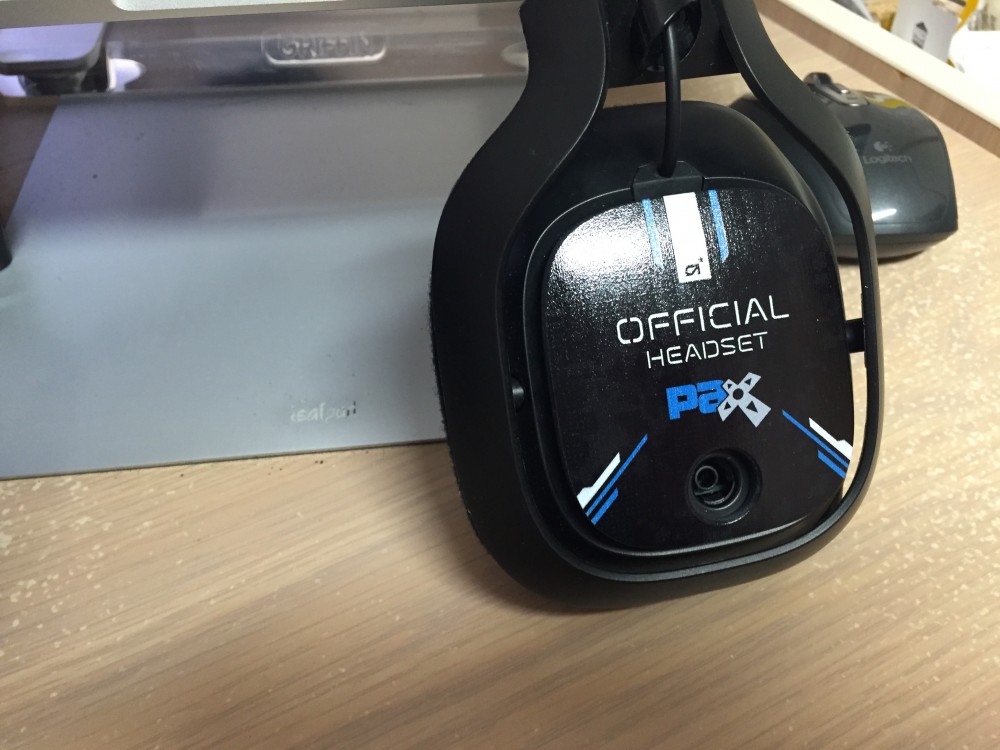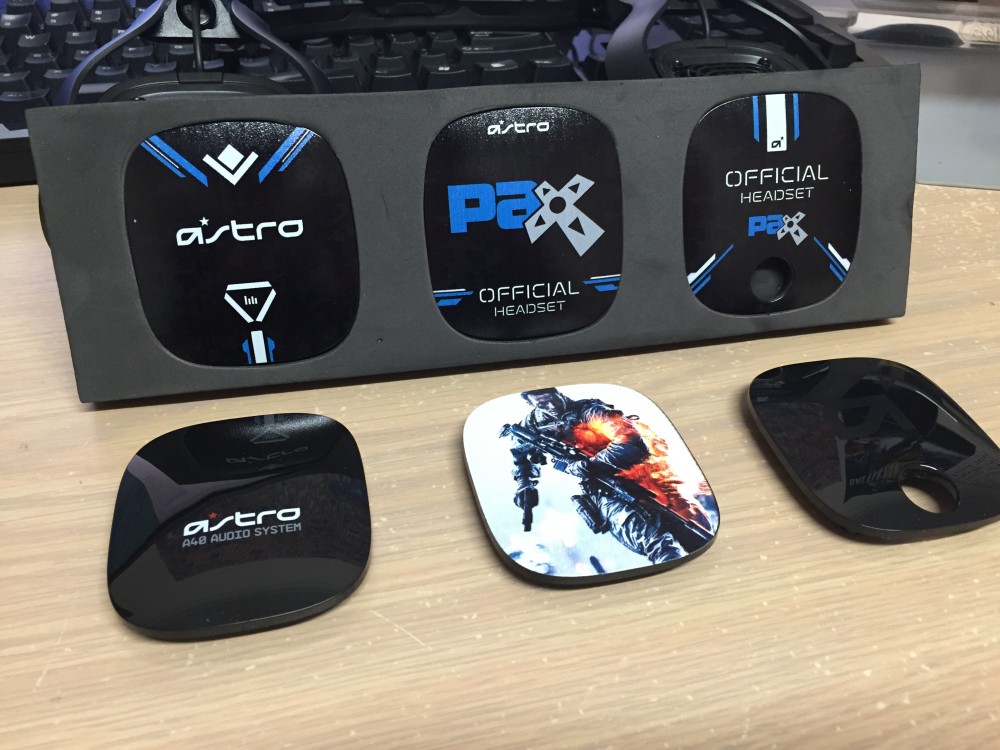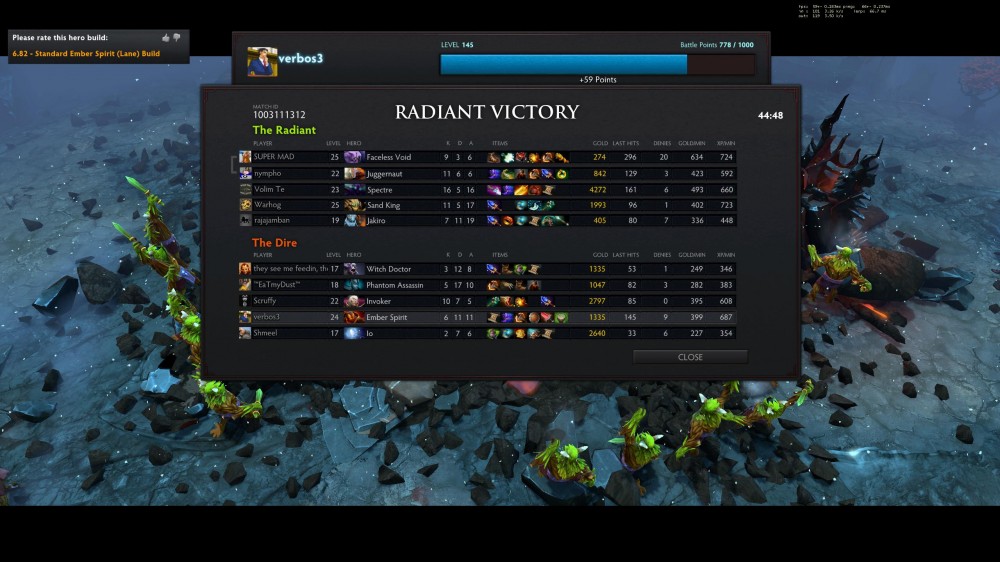So many great indie games like Gone Home, SteamWorld Heist and The Swapper are coming soon to #WiiU & #3DS. #NintendoDirectNA
— Nintendo of America (@NintendoAmerica) November 5, 2014
Thanks to the tweet above, there’s been a bit of discussion on the internet about whether Gone Home is a game or not. For the life of me, I can’t seem to figure out why that’s even a valid question, as the major premise of a game is an interactive narrative with playable character(s), and Gone Home is exactly that.
Contrary to what my Steam stats would have you believe, I have played other games besides Dota 2 in the past year. I’ve clocked 92 minutes on Gone Home, all of which was played in one sitting in early January (which is definitely the best way to play the game). It was so long ago that I barely remember the minor details about what happens in the game, but the one thing I do remember is that it’s an insanely great title that everyone should be playing.
This is the point where I tell you that’s about as much as I can say without spoiling the game, because the game itself is about discovery — so go out, grab it on Steam, and start discovering for yourself why it’s been so widely lauded as one of the best titles of recent times. I was sitting in Good Game’s Q&A panel at PAX last weekend, and I don’t even remember what question they were asked (it might have been something to do with experiences in games and/or how they impacted the panelists), but Hex brought up Gone Home as one of the best games she’s played. As someone who’s played Gone Home, it’s hard not to agree with her, despite how little “game” there is to Gone Home itself.
Undoubtedly, Gone Home is a game. It leans towards the “interactive narrative” side of the spectrum, but it’s definitely a game. It’s kind of like The Walking Dead, only with less characters and less zombies, and without a massively popular TV series to back it up, but it’s definitely a game. There’s no action, per se, but the game makes up for that in spades with one of the most poignant stories I’ve ever had the pleasure of experiencing — and coming from the guy who plays the single-player campaign of mass-market multiplayer FPS titles for the story, you know that’s kind of a big deal.
So, yeah, definitely a game, and you should definitely play it.
These words part of Blogvember, a thing I just made up right then about getting back into blogging. You can read more words about Blogvember right over here, but the gist is that I'll be attempting to post something up on the blog every day in November 2014. Read other Blogvember posts.

